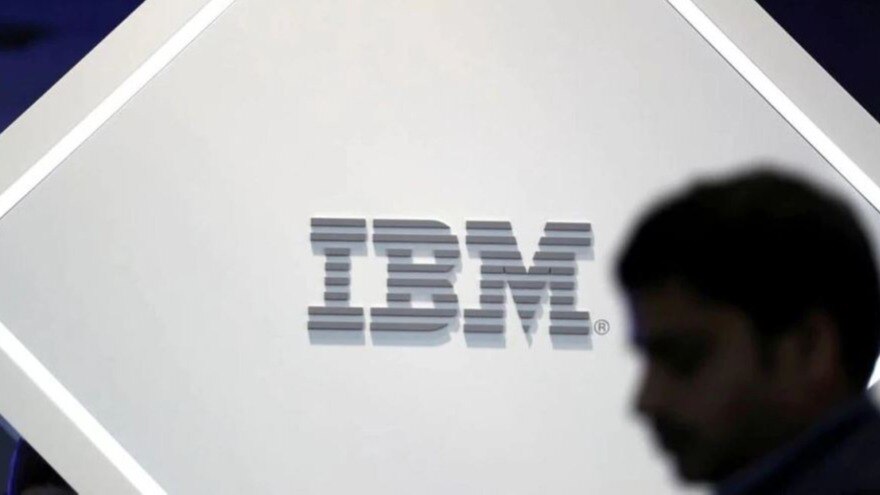IBM Cuts 8,000 Jobs to Embrace AI Automation: What This Means for the Future of Work
IBM’s Bold Move Towards AI Integration: A Look at Recent Job Cuts and Automation
In a surprising development, IBM has laid off around 8,000 employees, primarily impacting its Human Resources (HR) department. This decision is part of the company’s larger strategy to leverage artificial intelligence (AI) in its operations, particularly in back-office functions. As companies worldwide embrace technological advancements, IBM’s latest move is emblematic of a sweeping change in the workforce landscape.
A Shift in Operational Strategy
Earlier this month, IBM took a significant step by replacing approximately 200 HR roles with AI agents. These specialized software programs are designed to perform repetitive tasks such as responding to employee inquiries, processing paperwork, and organizing HR data with minimal supervision. The adoption of such automated solutions aims to not only cut costs but also increase efficiency across the organization.
IBM’s CEO, Arvind Krishna, has been vocal about the company’s aggressive approach to integrating AI into its operations. During a recent interview, he remarked that automation is being used to streamline enterprise workflows. Despite the job cuts affecting some areas, Krishna emphasized that IBM’s overall headcount has actually increased. This contradiction stems from the notion that savings garnered from automation are being invested into high-value functions like software development, marketing, and sales.
Rethinking Roles in the Workforce
The decision to lay off thousands of employees signifies a crucial transformation in how IBM manages its workforce. Krishna’s vision for the company extends beyond merely reducing numbers; he aims to modernize its operations. The focus is shifting toward roles that require human intelligence in areas such as creativity, strategic thinking, and managing personnel.
Administrative and process-driven roles, on the other hand, are now increasingly susceptible to automation. Nickle LaMoreaux, IBM’s Chief Human Resources Officer, echoed this sentiment, assuring that AI is not expected to entirely replace most jobs. "Very few roles will be completely replaced," LaMoreaux stated. "AI will take over the repetitive parts of the job, freeing up employees to focus on areas that need human judgment and decision-making."
A Broader Industry Trend
IBM’s approach mirrors a broader shift occurring across various industries. Companies are increasingly prioritizing automation to enhance efficiency and reduce costs. Notably, language learning platform Duolingo recently announced its decision to phase out human contractors in favor of AI solutions. Similarly, Shopify’s CEO, Tobias Lütke, has implemented new policies requiring teams to justify new hires by demonstrating that AI could not fulfill the role.
As IBM advances its internal restructuring, it is simultaneously promoting its AI capabilities to external clients. At its recent annual Think conference, the tech giant unveiled a suite of new tools designed to help businesses build and deploy their own AI agents, compatible with systems from industry leaders such as OpenAI, Microsoft, and Amazon.
Conclusion: A Future with AI
IBM’s recent layoffs may seem daunting, but they shine a light on the transformative role of AI in the modern workforce. The company is not merely cutting jobs; it is reshaping its workforce to adapt to evolving market demands. As AI continues to gain traction, businesses must reconsider the nature of work and the skill sets required for success.
The future is undoubtedly one where AI plays a pivotal role alongside human intelligence, promising efficiencies and innovations that were once unimaginable. As we navigate this changing landscape, IBM’s strategic moves will likely become a case study for other organizations looking to harness the power of technology while preserving the essence of human ingenuity. The journey toward automation is just beginning, and it will be fascinating to observe how other companies respond to these industry shifts.
In conclusion, while thousands have lost jobs due to these cuts, the overarching narrative is one of evolution rather than decline. The challenge now lies in managing the transition and ensuring that the workforce is prepared to thrive in this new AI-driven economy. As we look ahead, the dialogue around AI and employment will continue to evolve, making this a critical topic for both corporations and employees.





